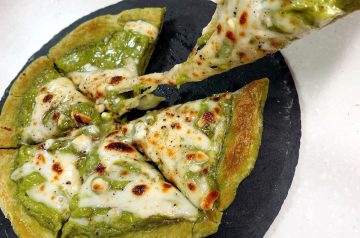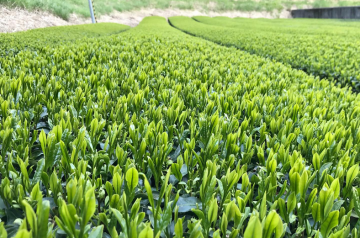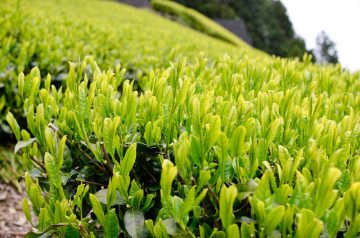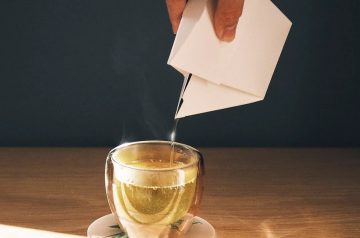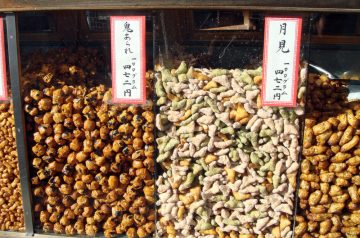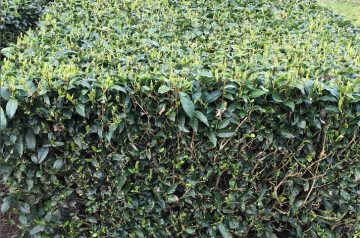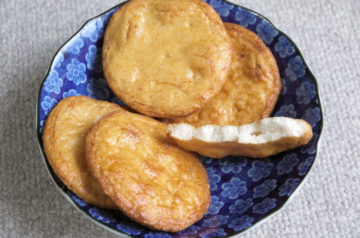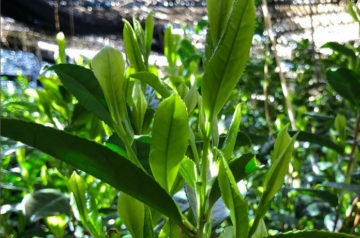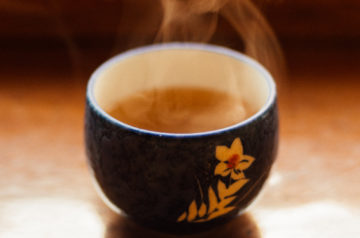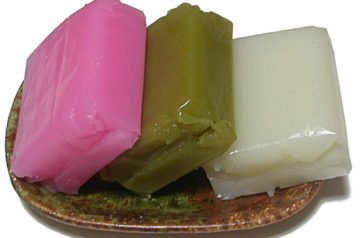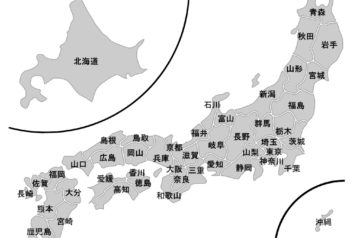I’ve seen matcha used as an ingredient for many dishes, but it has never occurred to me that a matcha pizza exists. First I saw one from Japan through...
The Marishi Tea Cultivar
Marishi (摩利支) is named after the Buddhist guardian deity called Marishiten in Japanese. Meant for sencha production, this is an extremely early budding cultivar. History of Marishi In present...
The Nanmei Tea Cultivar
Nanmei (なんめい, 南茗) can be translated as “south tea”. It was named this way because it is an early budding cultivar that is suitable for the southern regions of...
Paper Kyusu
A friend told me about a paper teapot in Japan that you can mail as a gift: Kami no kyusu. You choose the type of tea to send with...
Okaki and Arare
Okaki (おかき) and arare (あられ) are rice crackers made of glutinous rice (mochi rice). Nowadays, the only difference between them is their size. Okaki is bigger than arare. But...
Cyber Chakai
On January of this year, an event called Cyber Chakai (サイバー茶会) was held in Japan. It is sort of a tea ceremony but with the use of a projecting...
The Sawamizuka Tea Cultivar
Sawamizuka (さわみずか) is a late budding cultivar with high yield. Its name comes from an alternate reading for the Chinese characters of the region where it was cultivated: Sabaka...
Senbei
Senbei (煎餅) is a Japanese rice cracker that often has a flat and round shape. This confectionery pairs well with green tea. Although the origin of the word is...
The Asahi Tea Cultivar
Asahi (あさひ), which means morning sun, is a tea cultivar from Kyoto prefecture. It is especially suitable for tencha production. Other cultivars from Kyoto that are commonly used for...
Classification of Japanese Pottery
In the West, the three main types of pottery are earthenware, stoneware and porcelain. But in Japan, there are four main types with different definitions, so that there isn’t...
Uiro
Uirō (ういろう) is a steamed cake made with flour and sugar. This wagashi (Japanese traditional sweet) looks similar to yōkan but it has a more chewy texture. The flour...
Regional Brands of Japanese Tea
Japanese tea has regional brands for marketing purposes. Sometimes it is a historic name, and sometimes it is registered through the Regional Collective Trademark System (地域団体商標制度). Since these trademarks...

